Up Close!
Observing Caterpillars
Where and when to find caterpillars? The Wildlife Trusts have brilliant information to help you identify caterpillars How To Identify Caterpillars.
Good places to find caterpillars include in grass, hedges, and on the undersides of leaves. Although some caterpillars do like nettles, please don't go looking in nettles as you can get nasty stings.
If you notice leaves with holes in them, the chances are you're on the right track. You may well find them in your garden, at home or school grounds.
Lots of caterpillars hide in the daytime and feed at night. Sometimes you might be lucky, and find them crawling quickly across paths. This is usually when they're fully grown and on the hunt for a good place to pupate.
Don’t handle caterpillars directly, use a flat leaf, and gently encourage the caterpillar to crawl on by softly prodding it in the right direction using a grass stem. Non hairy caterpillars are quite soft and you don't want to hurt them. Hairy caterpillars can really irritate your skin, so don't pick them up!
Use these ID sheets to see who’s who in the North East caterpillar world! You can see them by the type of habitat they're in Scottish Moth Caterpillars by Habitat.
Observing Moths
If you want to go on a ‘moth safari’ there are a few fun ways to find or ‘trap’ moths. Of course that doesn’t mean setting nasty traps for them or hurting them in any way!
Butterfly Conservation have a brilliant step by step guide to help you identify moths - Identify A Moth.
Remember there are loads of day-flying moths, so keep your eyes peeled for them! To give yourself the best chance of finding them, a nice calm, warm day is best. Think about where moths might like to rest - try gently wiggling some leaves or hedges, grasses or flowers.
Here’s a great day flying moth identification guide, so you can work out who’s who! A Day-Flying Moths - A Brief Guide (PDF)
What about night flying moths? We can use moths' attraction to light, and their sense of smell to help us look at moths!
First of all, we need to think about why moths are so attracted to light. You will have seen them circling round madly when we leave an outside light on. Scientists aren’t totally sure about why, but one idea is that moths evolved to use the moon and stars to navigate.
Watch this short video to find out more.
So how can we attract moths to light?
Here are a few ideas!
Lancashire Manchester and North Merseyside Wildlife Trusts have brilliant information for beginners Moth Trapping For Beginners.
Adam and Anne from the University of Gloucestershire have super ideas on how to build and use a simple moth trap, check out their videos as Adam makes the trap and Anne sets it up outside.
Munching Caterpillars can show you how to build a moth trap - How To Build A Moth Trap (PDF).
Being able to smell is vital to moths so they can find their food and mates. Discover Wildlife can tell us about this How Can Butterflies And Moths Smell?
We can attract moths by a method called sugaring. The moths smell the sugar and find it. Butterfly Conservation know loads about how to do this Find Moths With Moth Traps (PDF).
Have a look at this brilliant video from Helen Rowe, where she shows us how to do sugaring for moths, and the moths she found in her moth trap at the pond at Den of Maidencraig Local Nature Reserve in Aberdeen
Check out Butterfly Conservation’s Things To Do section here, they know all sorts of ways to look at moths! All About Moths (PDF)
Jock Says:
A male emperor moth can smell a female 2 miles away - that’s because he can smell her pheromones!
How amazing is that for a tiny creature who doesn’t even have a nose as such!
For more information on how to start mothing, Butterfly Conservation have great information How To Start 'Mothing' (PDF).
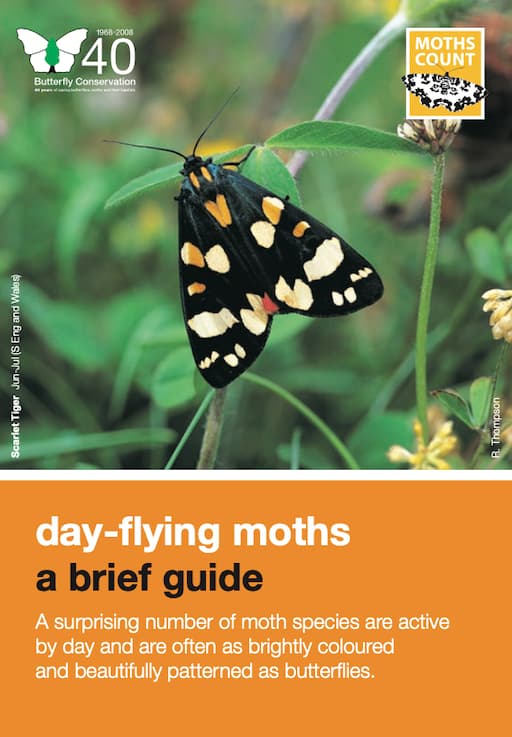
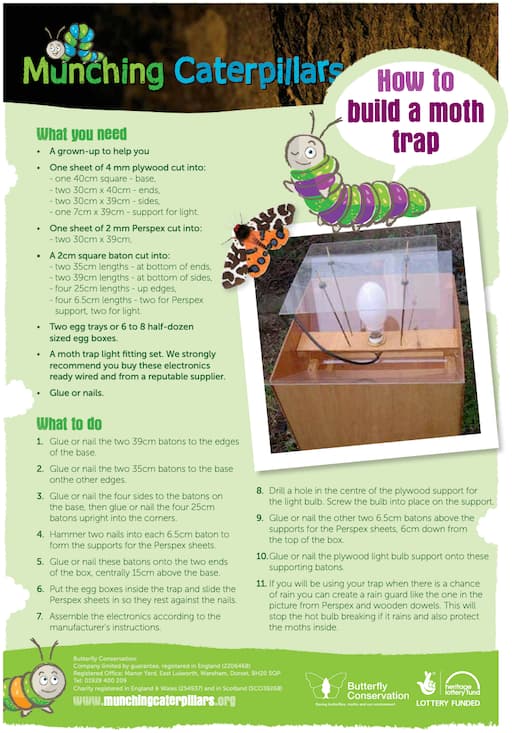
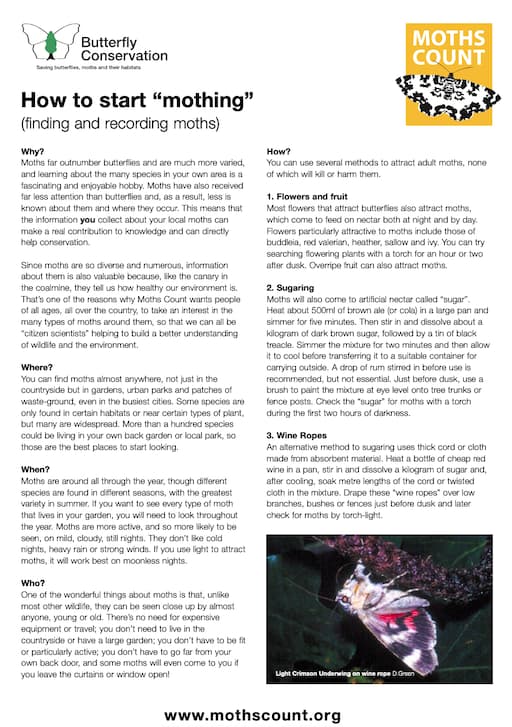
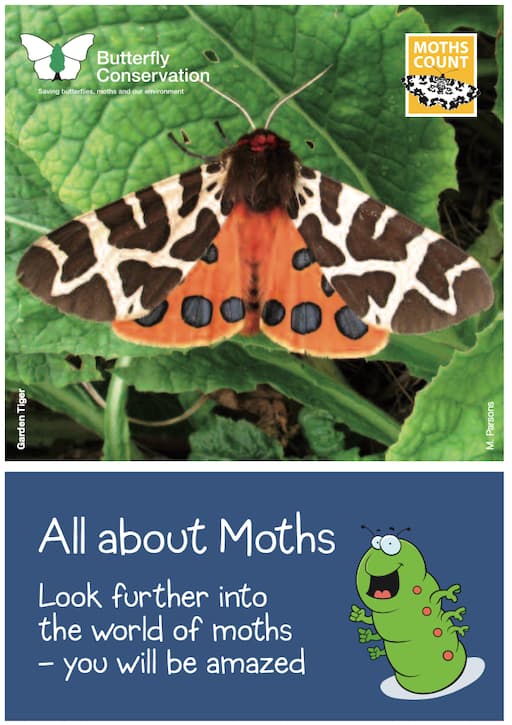
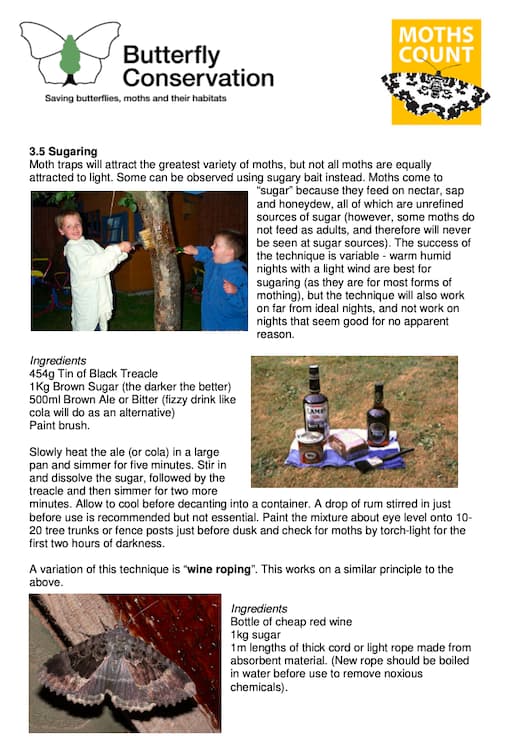
This is part of the Moths and Caterpillars information.